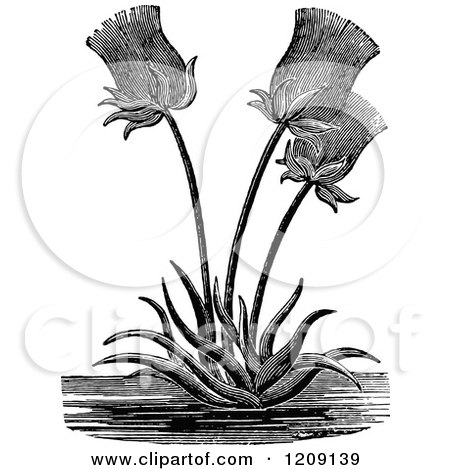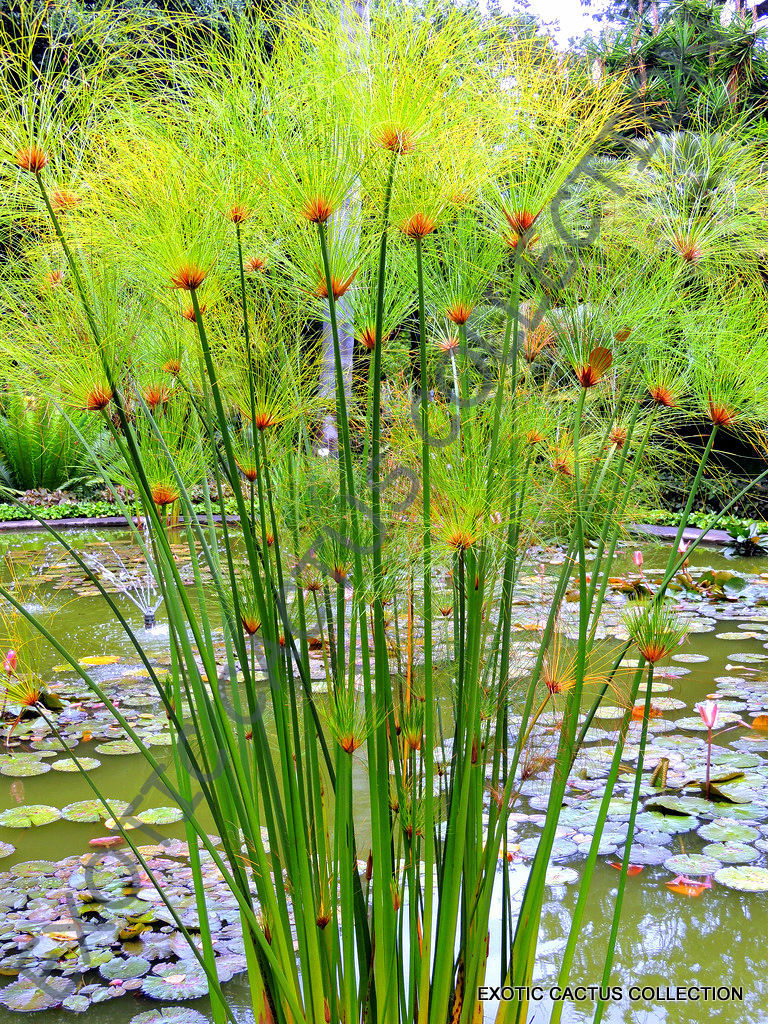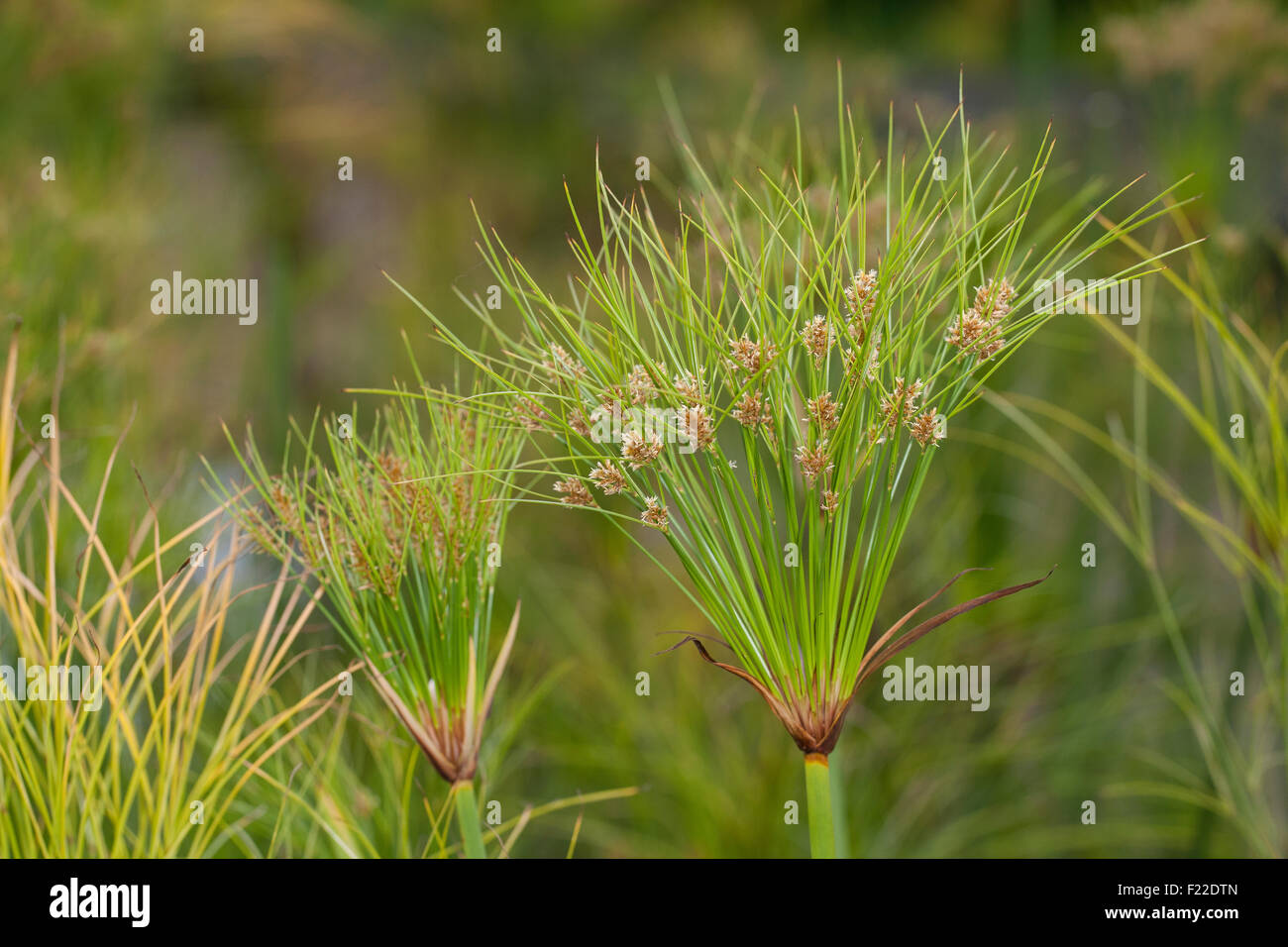

The plant can be used as a cork substitute. Freshly cut shoots are a good green manure (Does this man as a soil mulch?). A light green dye is obtained from the flowers. The leaves are used in basket making and for weaving mats etc. The flowering stalks yield a fibre suitable for rope making. A fibre obtained from the plant is used for making string. They are then cooked for 2 hours with lye and beaten in a blender. The stems and leaves are harvested in the summer, cut into usable pieces and soaked for 24 hours in clear water. The fibre is 0.8 - 3.0 mm long and 5.0 - 30.5um in diameter. The fibre from the leaves and stems is used for making paper. The stem contains over 50 percent cellulose and is useful in the manufacture of pulps for rayon and paper. The stems and leaves are also used for building dwellings, lattices, fences, arrows by Indians, and for weaving mats, carrying nets, basket making, insulation, fuel, as a cork substitute etc. They can also be processed into a fine fibrous material suitable as a filler in upholstery. The stems are useful in the production of homogeneous boards. The reed can be used also for the preparation of absolute alcohol, feed yeast and lactic acid. The pentosan content increases throughout the growing period and is maximum in the mature reed. The plant is rich in pentosans and may be used for the production of furfural - the nodes and sheaths yield 6.6% whilst the underground parts over 13% of furfural. The plant is also converted into alcohol (for use as a fuel), is burnt as a fuel and is made into fertilizer. Annual yields of 40 - 63 tonnes per hectare have been reported. Other uses of the herb: The common reed can provide a large quantity of biomass and this is used in a wide variety of ways as listed below. A powder extracted from the dried stems can be moistened and roasted like marshmallow. A sugary gum that exudes from the stems can be rolled into balls and eaten as sweets. The stems can be boiled in water and then the water boiled off in order to obtain the sugar. A sweet liquorice-like taste, it can be eaten raw or cooked. A sugar is extracted from the stalks or wounded stems. The seed is rather small and difficult to remove from the husk but it is said to be very nutritious. It can be ground into a powder and used as a flour. The stems are reported to contain 4.8 g protein, 0.8 g fat, 90.0 g total carbohydrate, 41.2 g fiber, and 4.4 g ash. The partly unfolded leaves can be used as a potherb and the Japanese dry young leaves, grind them into a powder and mix them with cereal flour when making dumplings.


They are best if used before the leaves form, when they are really delicious. In Russia they are harvested and processed into starch. It can be dried, ground coarsely and used as a porridge. The flavour and texture are best when the root is young and still growing. Habitat of the herb: Shallow water and wet soil, avoiding extremely poor soils and very acid habitats.Įdible parts of Common Reed: Root - raw or cooked like potatoes.


 0 kommentar(er)
0 kommentar(er)
